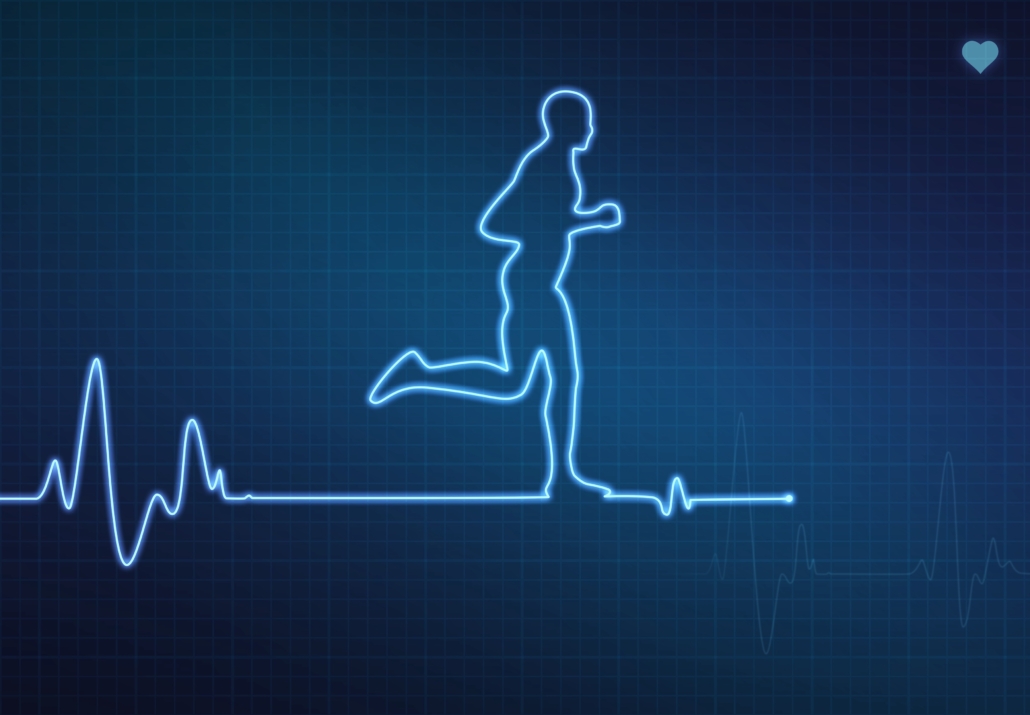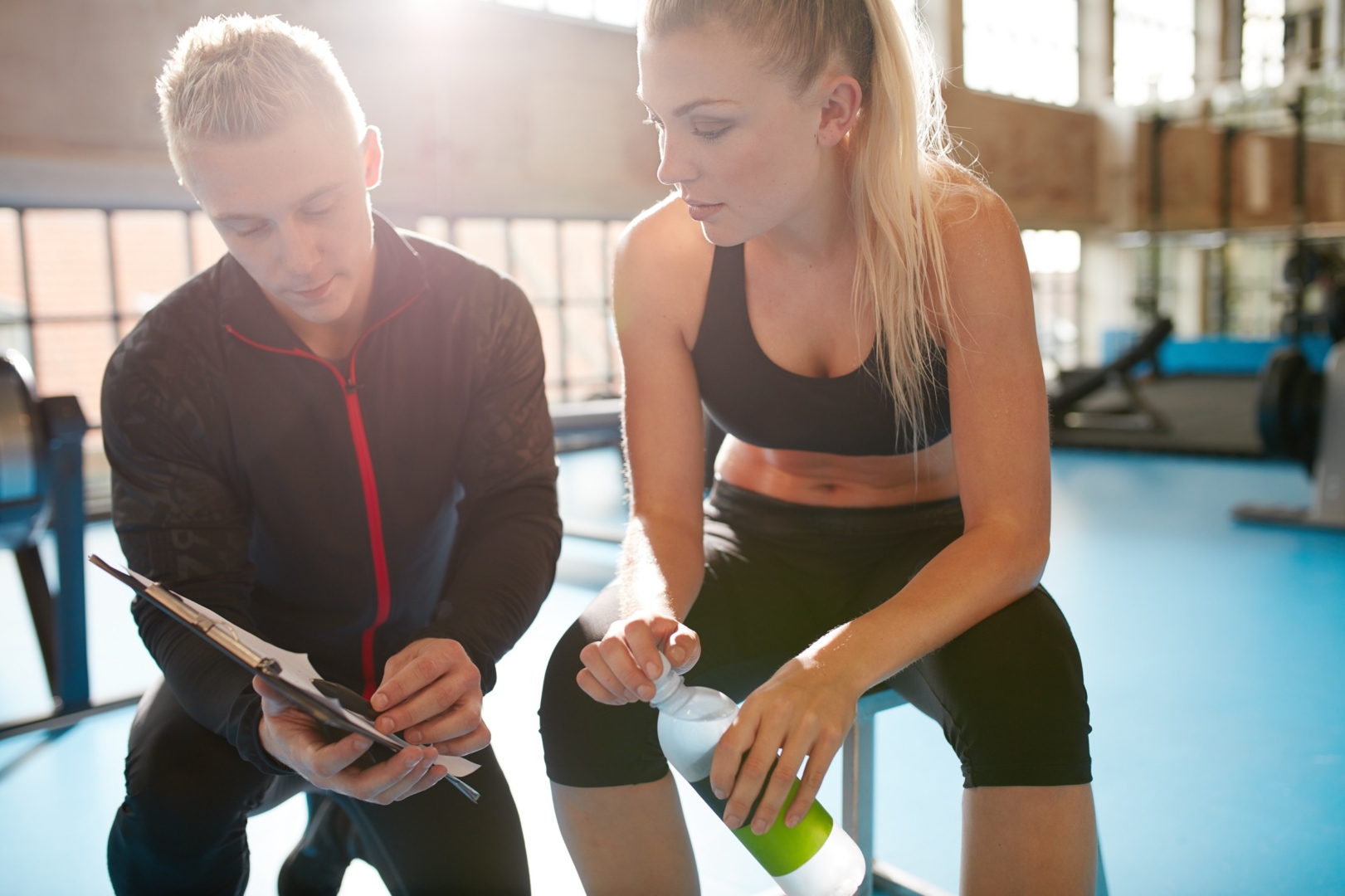Contents
- Introduction
- Fitness testing for smaller organisations
- Why bother with fitness testing?
- Fitness testing process considerations
Introduction
Fitness testing, irrelevant of budget, is critical for creating and developing a periodised program to improve performance. Coaches with little-to-no budget need to adopt a bottom-up approach, which begins with the problems at hand rather than a vision and objectives. Your fitness test should enable you to take action, adapting your training or shaping the direction of your program to enable your athlete to improve their performance.

Fitness testing for smaller organisations
Many elite organisations have massive budgets that enable them to utilise the latest fitness testing to ensure their athletes are primed for competition. But for those not working in an elite team, budgets can be slim and the prospect of fitness testing can be daunting.
But a leading physical performance coach says too much is made of expensive fitness testing and there are plenty of effective ways coaches and athletes can complete performance tests on limited budgets.
“An effective performance testing program can be performed without a large price tag. Irrelevant of budget, testing is critical because it enables coaches to understand the physical and physiological components of their athletes and the demands of their respective sport. This is central to creating and developing a periodised program to improve performance,” said physical performance coach Tom Watkins during his Science for Sport presentation titled ‘Fitness testing with Zero Budget’.
Why bother with fitness testing?
According to Watkins, it is important for all coaches to test the fitness of their athletes, irrespective of budget. The physical performance coach outlined the following distinct benefits of fitness testing:
- Assess an athlete’s readiness to perform.
- Establish the strengths and weaknesses of athletes (individually and collectively).
- Compare and benchmark athletes (athlete-to-athlete or year-on-year).
- Assess and evaluate the effectiveness of each phase of the periodisation training plan.
- Inform program design.
- To be used as a pre-injury marker, before a competition.
Fitness testing with a limited (or zero!) budget
“Coaches and athletes with little-to-no budget will need to adopt a bottom-up approach when completing their fitness testing process,” said Watkins.
A bottom-up approach refers to starting with what can be done immediately and beginning with the problems at hand (e.g. equipment, facilities, and the performance level of athletes) rather than with a vision and objectives (top-down).
“A top-down approach is often used by more elite teams that possess extensive budgets,” Watkins said. “They use this approach to create a ‘picture’ of what they want to see (or objectives they want to achieve) from their performance testing. [But] without significant infrastructure — time, resources, and budget – it is too hard to create an objective picture.
“So those with limited or zero budgets should default to a bottom-up approach, assessing and evaluating the challenges they are faced with currently.”
So, what fitness testing can you complete on a limited or zero budget? Watkins described various options coaches should engage with either on the field or in the gym.
Table 1. Budget field tests and gym tests
| Environment | Test Name | Test Application | |
| Field testing | 30.15 Intermittent Fitness Test | Purpose: A compound measure of maximal aerobic power, anaerobic speed reserve, inter-effort recovery and change of direction abilities. This covers all components of performance for team and racquet sports. | |
| Equipment: Two stacks of different coloured cones, 30.15 mobile app, Bluetooth speaker, results recording sheet. | |||
| Linear Time Trial | Purpose: Assess maximal aerobic capacity and appreciate maximal aerobic speed (the lowest running speed at VO2 Max). | ||
| Equipment: Trundle wheel, marking cones, stopwatch, recording sheet. | |||
| Acceleration & Maximal Speed Testing | Purpose: Evaluate acceleration and maximal speed. | ||
| Equipment: Measuring tape, stopwatch, cones, recording sheet. | |||
| Non-Reactive Agility Test | Purpose: Acceleration, deceleration, and change of direction ability. | ||
| Equipment: Measuring tape, stopwatch, cones, recording sheet. | |||
| Gym testing | Maximal Strength Testing | Purpose: Test maximal strength via squat, deadlift, bench press, overhead press, and/or pull-up. | |
| Equipment: Barbell, weight plates, flat bench, pull-up bar, recording sheet. | |||
| Bodyweight Strength Testing (Youth) | Purpose: Identify muscular strength, motor control & functional capacity in youth athletes. | ||
| Equipment: Chin-up bar, recording sheet. | |||
| Anaerobic Power Testing | Purpose: Assess an athlete’s anaerobic power via a broad jump, countermovement vertical jump, and medicine ball throw. | ||
| Equipment: Measuring tape, strapping tape, chalk. | |||
Testing process considerations
Whilst engaging in the tests listed above, Watkins stated that coaches should follow the following testing order in the hope of reducing the risk of injuries:
- Non-fatiguing power-based testing
- Agility testing
- Maximal strength testing
- Fatiguing anaerobic capacity tests
- Aerobic capacity tests.
“Slight adjustments can be made to this process to allow for discrepancies in facilities or equipment, but coaches should follow this process as closely as possible to ensure tests are completed in the least risky manner with respect to injuries. Also, following this process makes it easier for coaches to establish a form of testing consistency, improving the reliability and validity during year-on-year and athlete-to-athlete comparisons,” said Watkins.
And finally, Watkins explained: “Testing is part of the process to improve performance and your test should enable you to take action as a coach. For instance, will the test data be used to adapt your training program or shape the direction of your program and how your athletes train and compete? If not, then stop the test and chose an alternative that allows you to take constructive action.”




